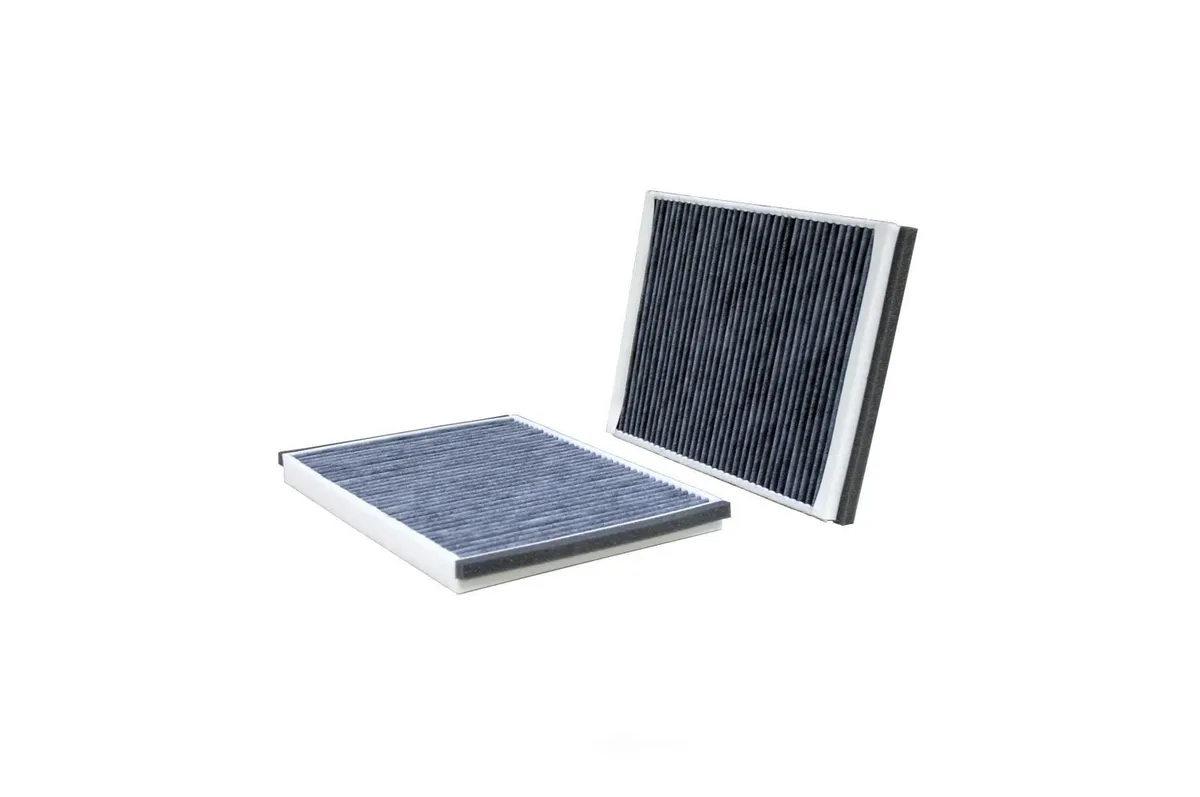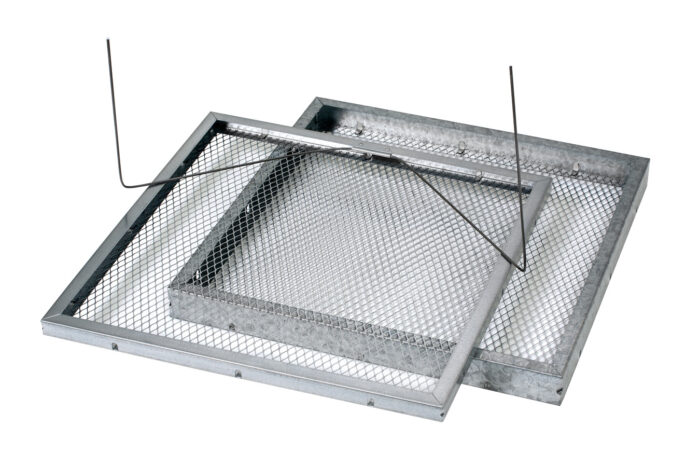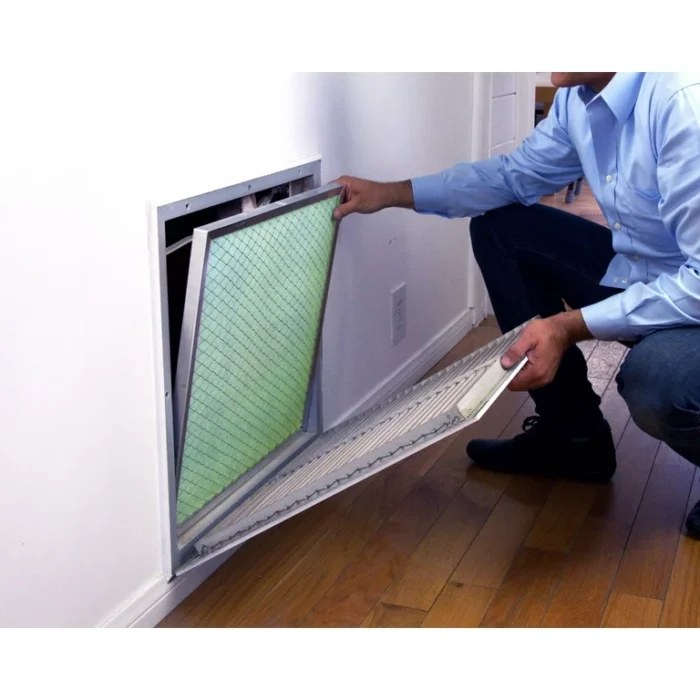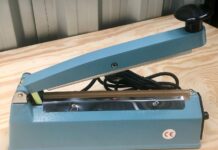
In the realm of indoor air quality, air filters often take the spotlight. We recognize their importance in removing dust, allergens, and pollutants from the air we breathe. However, there’s a critical component that often goes unnoticed but plays a pivotal role in the effectiveness of air filtration systems: air filter frames. These unsung heroes provide the foundation for optimal air filtration, ensuring that the entire system operates seamlessly. In this article, we will delve into the significance of air filter frames, their types, and the impact they have on indoor air quality.
The Role of Air Filter Frames
Imagine a scenario where you have a state-of-the-art air filter, capable of capturing even the tiniest particles. Now, picture that filter being installed within a flimsy or misaligned frame. In this case, the air filter’s potential would be severely compromised. Air filter frames are responsible for holding the filter media securely in place, maintaining proper alignment, and preventing air leakage. In essence, they are the unsung heroes that determine the overall efficiency of air filtration systems.

Types of Air Filter Frames
- Metal Frames: Metal frames, often made from aluminum, stainless steel, or galvanized steel, are known for their durability and strength. These frames are commonly used in commercial and industrial settings where air filtration demands are high. Metal frames can withstand pressure differentials and resist corrosion, ensuring a longer lifespan.
- Cardboard Frames: Cardboard frames are lightweight and commonly found in residential HVAC systems. While they are disposable and relatively affordable, they might not be as sturdy as other frame types. Cardboard frames are suitable for systems with lower airflows and lighter filtration requirements.
- Plastic Frames: Plastic frames are lightweight, corrosion-resistant, and often used in environments where moisture or chemicals are present. They offer a balance between durability and affordability, making them a versatile choice for various settings.
- Wooden Frames: While less prevalent today, wooden frames were historically used for air filters. They are sturdy and can be customized for specific applications. However, they are less common due to potential issues with moisture absorption and long-term durability.
The Significance of Proper Installation
Proper installation of air filter frames is crucial for effective air filtration. Even the smallest gap between the filter media and the frame can allow unfiltered air to bypass the filter, significantly reducing the system’s efficiency. When the frame is correctly aligned and securely holds the filter media, the air must pass through the filter material, ensuring that contaminants are captured before the purified air is released into the living space.
Impact on Indoor Air Quality
Air filter frames indirectly impact indoor air quality by influencing the filtration process. An air filter with a well-fitted frame ensures that all the air passing through the filter media is adequately treated. This is particularly important for individuals with allergies, asthma, or other respiratory conditions, as clean and filtered air can greatly improve their quality of life.

Efficiency and Longevity
Investing in high-quality air filter frames pays off in the long run. Well-constructed frames extend the lifespan of filters by preventing sagging or collapsing, which can occur under pressure differentials. Moreover, air filter frames contribute to the overall energy efficiency of the system. When filters are securely held in place, air can flow smoothly, reducing the workload on the HVAC system and potentially lowering energy consumption.
Enhancing HVAC System Performance
Air filter frames also play a role in protecting the HVAC system itself. Filters that are misaligned or not properly secured can allow particles to enter the system, leading to mechanical issues and decreased efficiency. On the other hand, proper frames help maintain the integrity of the HVAC system, ensuring that it operates smoothly and efficiently.
Evolution of Air Filter Frame Designs
Over the years, air filter frame designs have evolved significantly, keeping pace with advancing technologies and growing awareness of indoor air pollution. Early frames were simple, rigid structures aimed merely at holding the filter medium. As the significance of indoor air quality became more apparent, the design started accommodating diverse filter types, sizes, and materials. Modern frames are not just about support but also about optimizing airflow, ensuring a tight seal to prevent bypass, and facilitating easy filter changes. This evolution showcases the industry’s commitment to improving user experience while prioritizing health.

Importance of Proper Installation and Maintenance
While air filter frames play a crucial role in ensuring clean indoor air, their efficiency is compromised without proper installation and regular maintenance. A misaligned or ill-fitted frame can result in unfiltered air bypassing the system. Over time, the accumulation of dust and particles can weaken the frame and affect the seal. Periodic checks, proper cleaning, and ensuring that the frame and filter fit snugly together can drastically enhance the effectiveness of the air filtration process. Educating users on the importance of these steps can further amplify the benefits of a good air filter system.
Environmental Considerations and Recyclability
As sustainability becomes a growing concern, the air filter industry is also pivoting towards environmentally friendly solutions. Many modern air filter frames are made from recyclable materials or are designed for prolonged use with minimal wear and tear. Moreover, some companies are exploring biodegradable materials for frames, contributing to reduced environmental footprints. When choosing an air filter frame, considering its environmental impact can be as vital as its efficiency. This not only ensures clean indoor air but also contributes to a cleaner environment on a global scale.

Conclusion
While air filter frames may not be as conspicuous as the filters themselves, their impact on indoor air quality and overall system efficiency is undeniable. These unassuming components provide the structural support necessary for effective air filtration. Whether it’s a metal frame in a commercial building or a plastic frame in a residential HVAC system, the choice of air filter frame directly influences the quality of the air we breathe indoors. So, the next time you enjoy the comfort of clean indoor air, remember the unsung heroes – air filter frames – that make it all possible.











